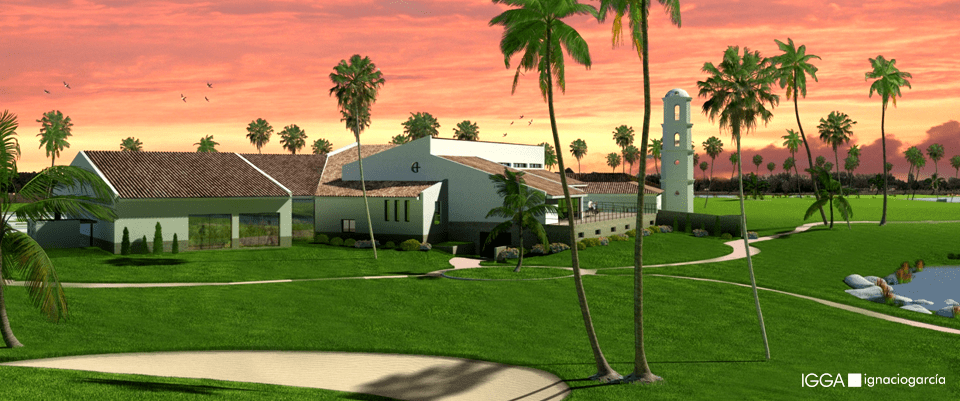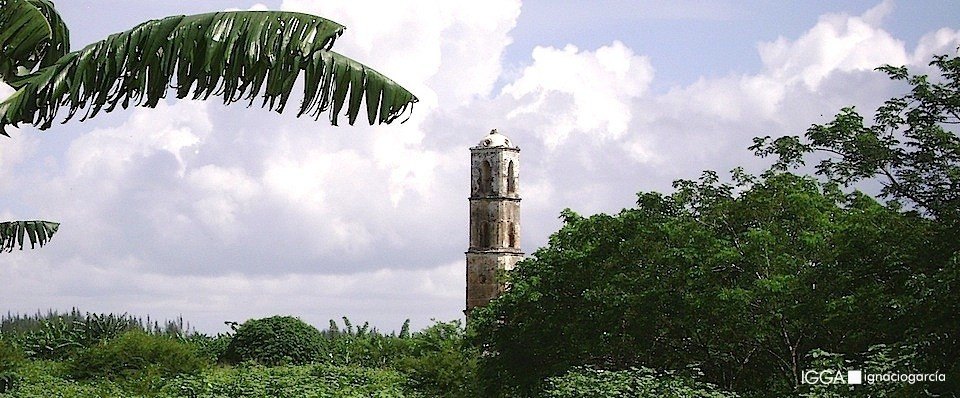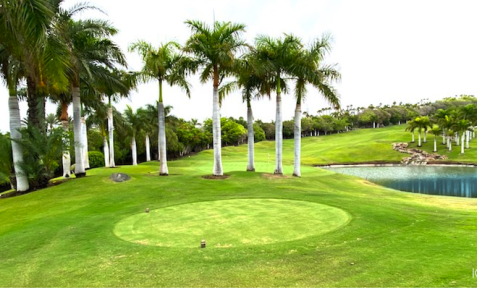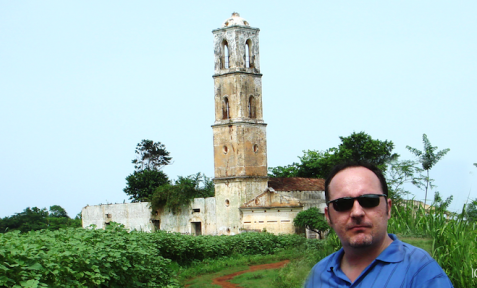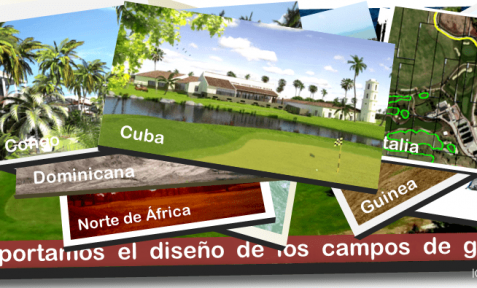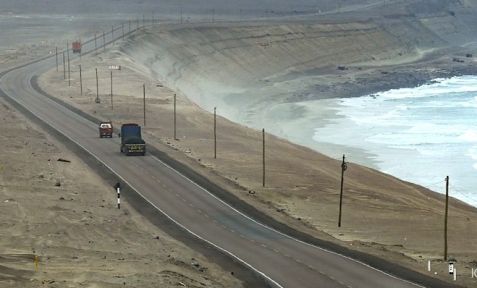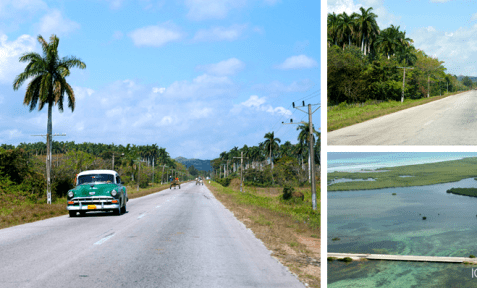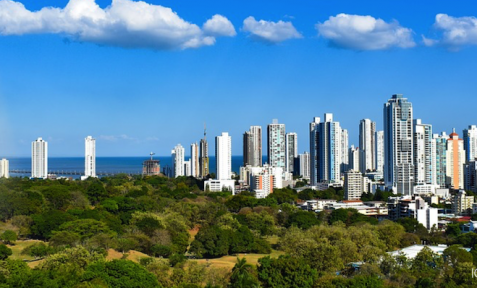Cultural heritage in the ecological golf course
One of the mainstays of any ecological golf course is the commitment, respect, conservation and improvement of the natural, cultural, historical and social resources and heritage of its surroundings and the improvement of the quality of life and the sustainable development of the community.
The Spanish architect, designer of ecological golf courses, Ignacio García told Priscila Hernández Flores how the design and construction of an ecological golf course contribute to respecting the cultural heritage of a community.
.
.
Q: What do you mean by cultural heritage on the golf course?
A: Archeology represents only a fraction of the places and features that can be found in the field. Most of the ecological golf courses have the possibility of containing points of historical interest within them. For that reason, one of the starting points is to conduct a heritage review to identify the precise boundaries and nature of archaeological sites or historic landscape features. This provides a valuable foundation on which to review design, development, and management options. Any underground reservoir can be damaged by compression caused by the weight of heavy machinery, removing heavy machinery, or planting vegetation.
In the interview that García granted to the Mexican journalist woman, he gave numerous examples, among which he highlighted one of his designs on the largest island of the Antilles, the first ecological golf course in Cuba in the last 60 years or more where the course was not associated with real estate development on the island, but only promoted the practice of sport with the utmost respect for the environment and cultural heritage
.
Cultural heritage in the ecological golf course of Dolores
.
Q: And in the case of Dolores?
A: In the case of Dolores, Cuba, the intention of the investing entity was to build the Club House of the golf course next to the Ruins of the Dolores Sugar Mill, valuable for the locals despite being in a very poor state of conservation. For this, the ruins will be recovered through a rehabilitation action of the architectural elements and a change of use that justifies the costs of the intervention. The new use, still undefined, must be compatible with golf and have a tourist purpose: leisure or restaurant facilities, assistance, administrative or cultural equipment for the local community, are the most popular proposals. Although the ruins of the Ingenio Dolores are ruins of cultural heritage and are made up of a domestic construction from the second half of the 19th century (colonial period) linked to the sugar industry, which is part of a building unit made up of the dwelling house of the owner of the land, the lookout tower and remains of the tower and defensive bastion; they will be independent of the golf course. The technical prescriptions that will be adopted in the rehabilitation of the ruin of the Ingenio and its adaptation to the Golf Course and Clubhouse, will be agreed upon with the Office of Monuments and Historical Sites, Provincial Center of Cultural Heritage Villa Clara, through the mediation of the Cuban investment entity.
.
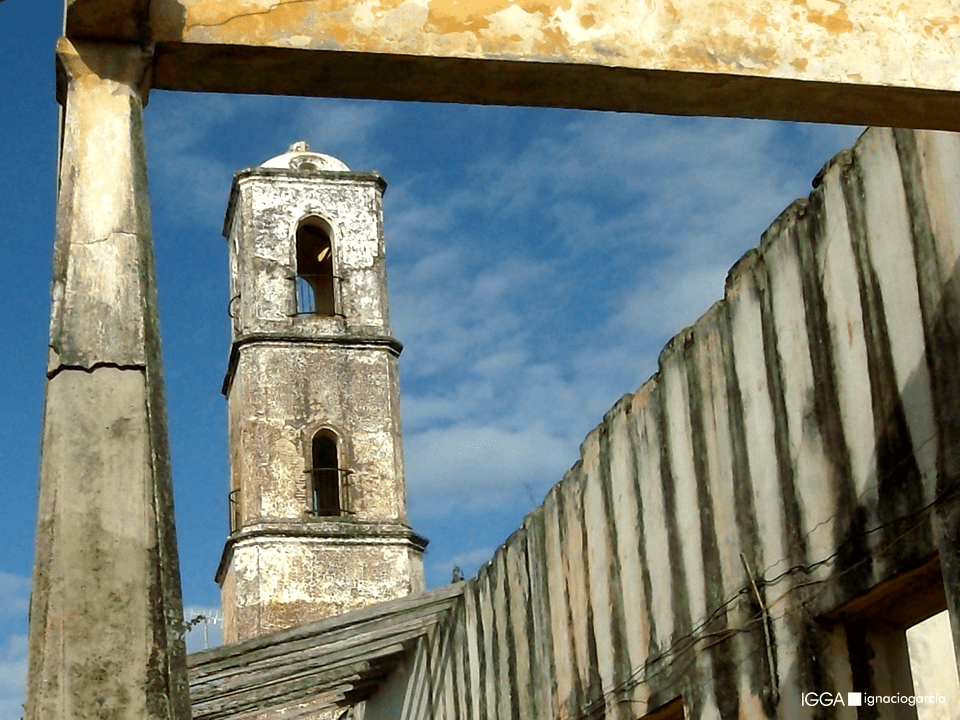 Ruin of Ingenio Dolores | Copyright © 2010 Ignacio García – All rights reserved
Ruin of Ingenio Dolores | Copyright © 2010 Ignacio García – All rights reserved
.
A: My intervention proposes to respect the singular values of the ruin. The socio-testimonial value of the remains of the watchtower and the defensive bastion and arcade of the dwelling… The landscape value of the lookout tower and the remains of the defensive bastion, both attached to the landscape… The added value of the attractive architectural landmark of the tower lookout for the place, golf facilities and municipality… The architectural, historical and archaeological values noted in the front portal, continuous with a sloping roof, supported on columns; the only element of neoclassical influence in the composition and facade… And, of course, the integrity of the watchtower which, despite having lost the staircase, is in a good state of preservation.
A: Following the indications of the Provincial Directorate of Physical Planning of Villa Clara (DPPF VC), Department of Territorial Planning and Tourism, the proposal will preserve an area of five meters around the ruins and remains of the house that will be kept under urban regime of «non-buildable». Likewise, the access of the population to the areas formed by the housing complex and the watchtower will be made possible; and a free area will be formed outside the field and linked to the monument from the visual point of view that will be at the service of the community for its activities. As for the main access to the golf course, this will be from the front of the house, leaving it in front of it and within the fenced area for the investment. Finally, any remains that may be found during the execution process that constitute industrial archaeological evidence associated with the colonial period and archaeological evidence of aboriginal cultures will be preserved.
.
.
A: Regardless of the ruin, there will be the Club House. I have put special interest in it being the main building of the golf course and surroundings, conceived with a sober and austere language. Its design respects and promotes the recovery of the cultural, historical and architectural values of the Villa Clara region, Cuba. It has all the services and amenities required by an international championship ecological golf course. It guarantees the functional and independent autonomy of the golf course and does not interfere with sports practice or the landscape quality of the facility. Its integration into the landscape dominated by the watchtower of the Dolores Complex is remarkable. The diversity of volumes that allows the breeze to enter the interior and the introduction of sloping roofs made of Creole tiles are due to the exhaustive study of the territory carried out during the design of the conceptual ideas. The intervention includes the execution of interior access roads by means of an ecological pavement that improves storm drainage and enhances the landscape quality of the golf course. And the guidelines for interior design are committed to the use of materials, finishes and furniture that support the colonial style pursued by the investment company.
.
To be continue …
Due to the length of the interview, we will disseminate its full content in various press releases.

